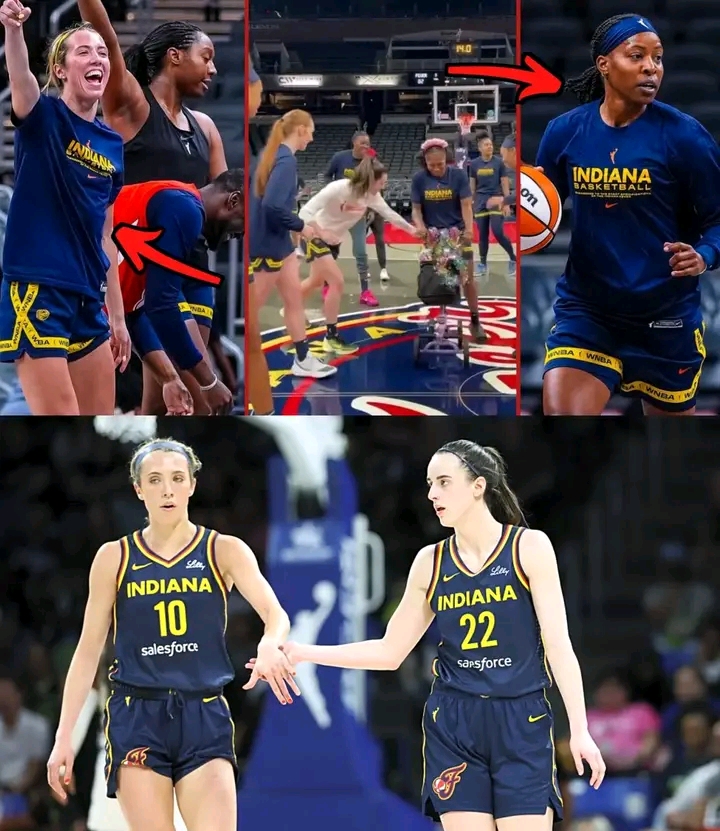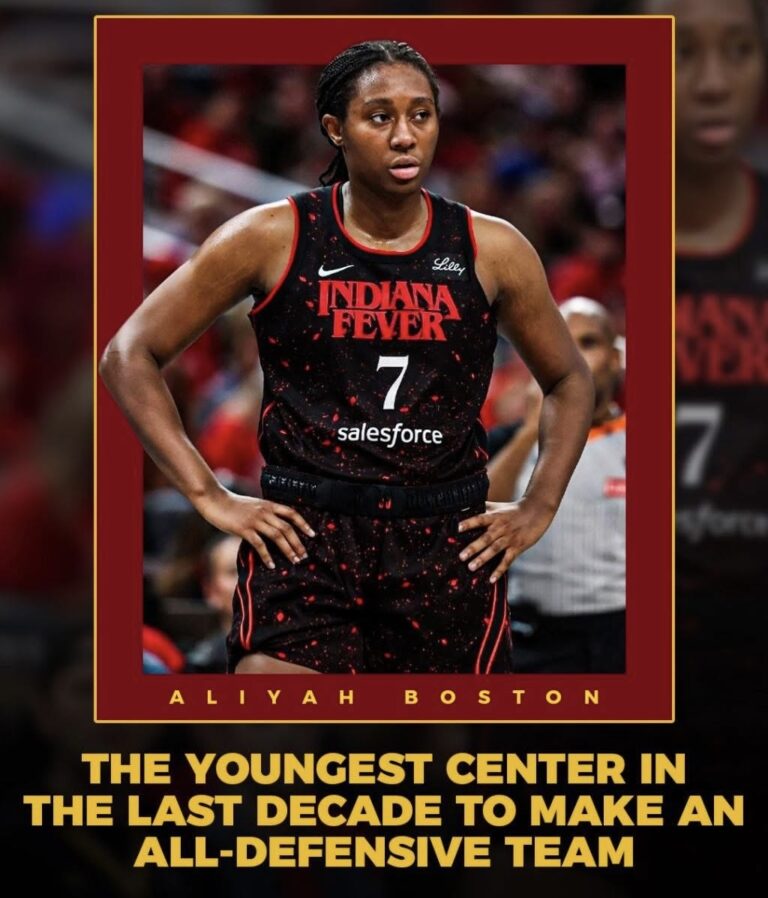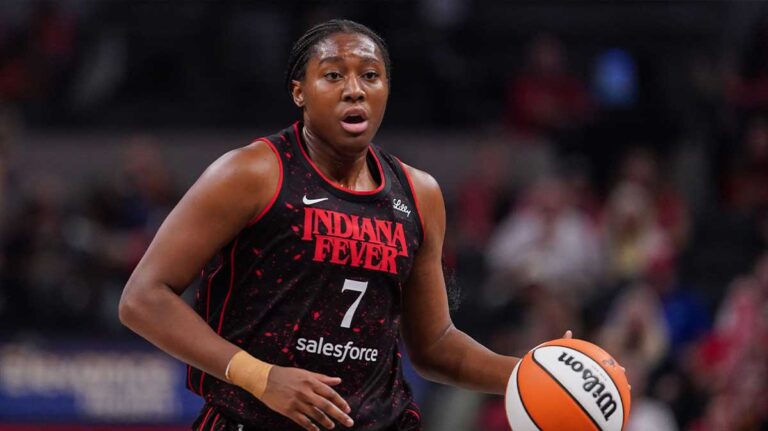
In a surprising and controversial move, Netflix has recently declared Westlife the most popular “fine boy band” of all time, igniting a heated debate among music fans across the globe. This unexpected pronouncement has left many people questioning the reasoning behind such a bold statement, particularly given the wealth of boy bands with massive followings and cultural impact over the years. As the debate continues to brew, music lovers are dissecting everything from Westlife’s impact on the pop music scene to the definitions of “fine boy band” and popularity itself.
Netflix’s Surprising Statement
In a post that was shared across its official social media platforms, Netflix referred to Westlife as “the most popular fine boy band of all time.” The term “fine boy band” quickly captured the attention of fans and critics alike, leaving many scratching their heads over its exact meaning. Is it about the band’s physical attractiveness? Is it a statement about their global popularity? Or perhaps it’s a play on the cultural impact and legacy they’ve left behind?
While Netflix is known for making bold, often provocative statements to engage its audience, this particular claim has sparked a divisive conversation. For many, Westlife’s rise to fame in the late ’90s and early 2000s brought a wave of nostalgia and fond memories, especially in the UK, Ireland, and parts of Europe. However, others argue that there are several boy bands who may have left a more indelible mark on pop culture and the music industry. The floodgates have opened for a deeper discussion on what makes a boy band the “most popular” of all time.
Westlife: A Brief Overview
Before diving into the debates, it’s important to understand the significance of Westlife in the history of boy bands. Formed in 1998 in Dublin, Ireland, Westlife quickly became one of the most successful boy bands of the late 20th and early 21st centuries. With hits like “Swear It Again,” “Flying Without Wings,” and “You Raise Me Up,” the group became known for their signature harmony-driven pop ballads.
Westlife’s formula was simple but effective: a combination of well-crafted songs, catchy melodies, and swoon-worthy looks. The band consisted of members Shane Filan, Nicky Byrne, Kian Egan, Mark Feehily, and Brian McFadden (who left the group in 2004), and they gained a massive global following. Over the years, they earned 14 number one singles in the UK and 26 top 10 hits, not to mention multiple record-breaking tours and sold-out concerts.
For many, Westlife’s music continues to hold a special place in their hearts. But is that enough to crown them the “most popular” boy band of all time? That’s where the debate begins.
The Popularity Debate: Comparing Boy Bands
Music fans are quick to point out that, while Westlife was undeniably successful, there are other boy bands who might lay a stronger claim to the title of “most popular” based on their global reach, influence, and longevity in the industry. Groups like Backstreet Boys, NSYNC, and One Direction are often mentioned as worthy contenders.
- Backstreet Boys: Formed in 1993, the Backstreet Boys are often considered one of the biggest boy bands of all time. With a career spanning over 30 years, they have sold over 100 million records globally and continue to tour and produce new music. Their hits like “I Want It That Way” and “As Long As You Love Me” are timeless pop anthems that have maintained a devoted fanbase over the years.
- NSYNC: Another iconic boy band from the late ’90s, NSYNC was led by Justin Timberlake, whose solo success after the group’s breakup further cemented his star power. NSYNC’s 1998 album No Strings Attached remains one of the best-selling albums of all time, and songs like “Bye Bye Bye” are etched in pop culture history.
- One Direction: Formed on The X Factor UK in 2010, One Direction is often hailed as the boy band of the 21st century. With record-breaking album sales, sold-out stadium tours, and legions of dedicated fans (known as “Directioners”), One Direction became a global phenomenon. Their hits like “What Makes You Beautiful” and “Story of My Life” are still heard on the radio today.
Given the sheer size of these bands’ fanbases, their influence on modern pop culture, and the way they’ve shaped the boy band genre, it’s no surprise that many fans believe groups like NSYNC and One Direction should be considered the most popular. With social media and streaming platforms amplifying their reach, these bands have maintained relevance in ways that Westlife could not fully match in the digital age.
What Does “Fine Boy Band” Mean?
Part of the debate also hinges on Netflix’s use of the term “fine boy band.” What does it mean to be a “fine boy band”? In the context of Westlife’s rise to fame, “fine” could refer to their polished image, sleek choreography, and vocal harmonies. But is it simply a term of endearment that refers to their physical appeal? This ambiguity adds another layer of complexity to the conversation.
Some fans argue that a “fine boy band” should be defined by more than just looks or the immediate impact they had on fans’ emotions. It should reflect longevity, musical impact, and the cultural legacy left behind. With their powerful ballads and unforgettable hits, Westlife might certainly be considered “fine” in terms of musicality, but does that make them the “most popular” in the overall scope of boy bands?
The Global Appeal Factor
Another key factor in this debate is the global reach of boy bands. Boy bands like Backstreet Boys and One Direction experienced massive popularity across continents, including the U.S., where boy bands have historically found immense success. Westlife, on the other hand, while achieving tremendous success in Europe, particularly the UK and Ireland, did not achieve the same level of widespread influence in the U.S. market.
One Direction, in particular, enjoyed a level of global ubiquity that few boy bands have matched. The group’s ability to sell out arenas in the U.S. and beyond, combined with their massive social media presence, makes their claim to the “most popular” title a compelling one.
The Role of Nostalgia
Nostalgia also plays a key role in Westlife’s current popularity. The band’s music resonates deeply with fans who grew up listening to their hits. For many, their songs served as a soundtrack to some of the most memorable moments of adolescence and young adulthood. This emotional connection cannot be underestimated. While other boy bands may have enjoyed a broader international impact, Westlife’s legacy is firmly entrenched in the hearts of their fans, especially those who were part of the late ’90s and early 2000s pop music explosion.
Conclusion: Who Reigns Supreme?
In the end, the debate over which boy band is truly the most popular of all time will likely remain subjective. Westlife undoubtedly holds a special place in the hearts of many, and their record-breaking success in the UK and Europe is something to be celebrated. But when it comes to global influence, widespread appeal, and the ability to shape the boy band genre, other groups like Backstreet Boys, NSYNC, and One Direction could argue that they deserve the title as well.
What we can agree on is that Westlife, along with the other iconic boy bands, has left an undeniable mark on music history. Netflix’s statement has sparked an exciting conversation, and for music fans, it’s a fun opportunity to reflect on the bands that have shaped the landscape of pop music over the years.
Ultimately, the “most popular” boy band is likely to vary depending on who you ask, but the power of music to unite fans and generate passionate discussions is something we can all appreciate.






